Google's Nest Wifi Router Doubles as a Google Home
Google's smartest router yet
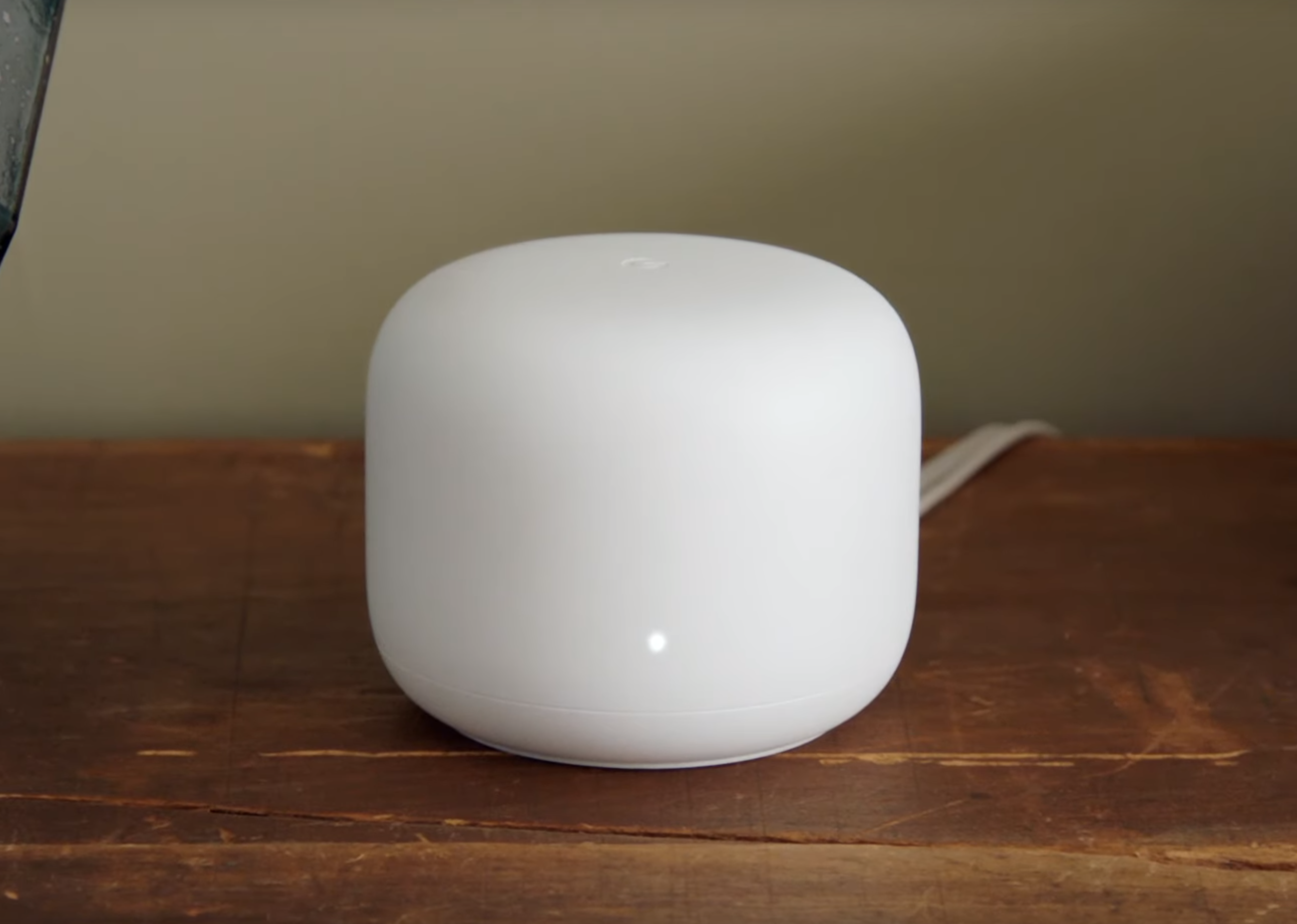
Update: Nest WiFi Pro could be coming to boost your internet bandwidth.
Google has re-launched the Google Wifi mesh router as Nest Wifi Router and Nest Wifi Points, letting you use the router as a standalone device, or a customized mesh router solution to cover every part of your home.
The second generation of Google Wifi, Google's whole-home wireless solution now bears the Nest name, and does more than just give you Wi-Fi across your home. It's also adding Google Assistant to Nest Wifi Points, the satellite units that extend your WI-Fi throughout your home, making each one a fully-functional Google Home Mini smart speaker. It's a very cool update to one of the best mesh routers on the market.
Editor's Note: Nov. 4, 2019 -- We have learned that the new Nest Wifi does not use the newer Wi-Fi 6 standard, as we had originally speculated.
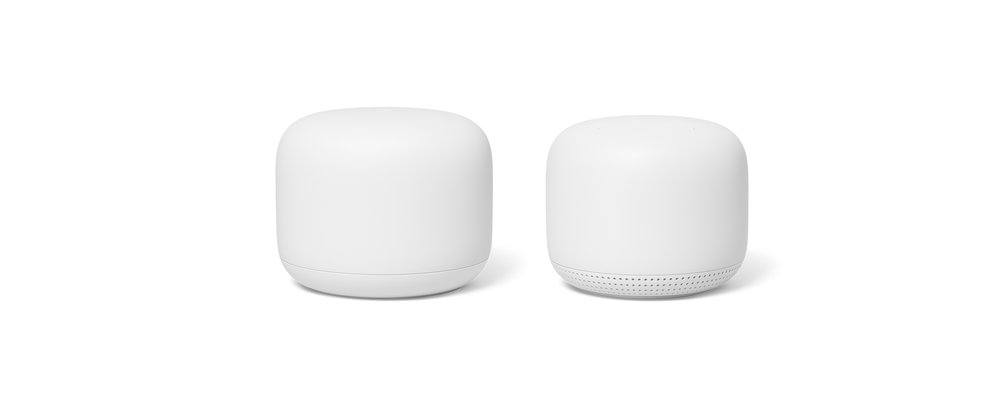
Nest Wifi will be sold in bundle packs. The two pack features a Nest Wifi Router base unit and one Nest Wifi Point extender for wider coverage and smart speaker functionality, and sells for $269. A three pack, with two Nest Wifi Points included, sells for $349. The new mesh router will be available starting November 4th, but Google is taking pre-orders starting today.
Because the system is made to accommodate one or many Nest Wifi Points for larger homes, Google is also selling individual Points for $149.
- Use a router VPN to protect every device in your household
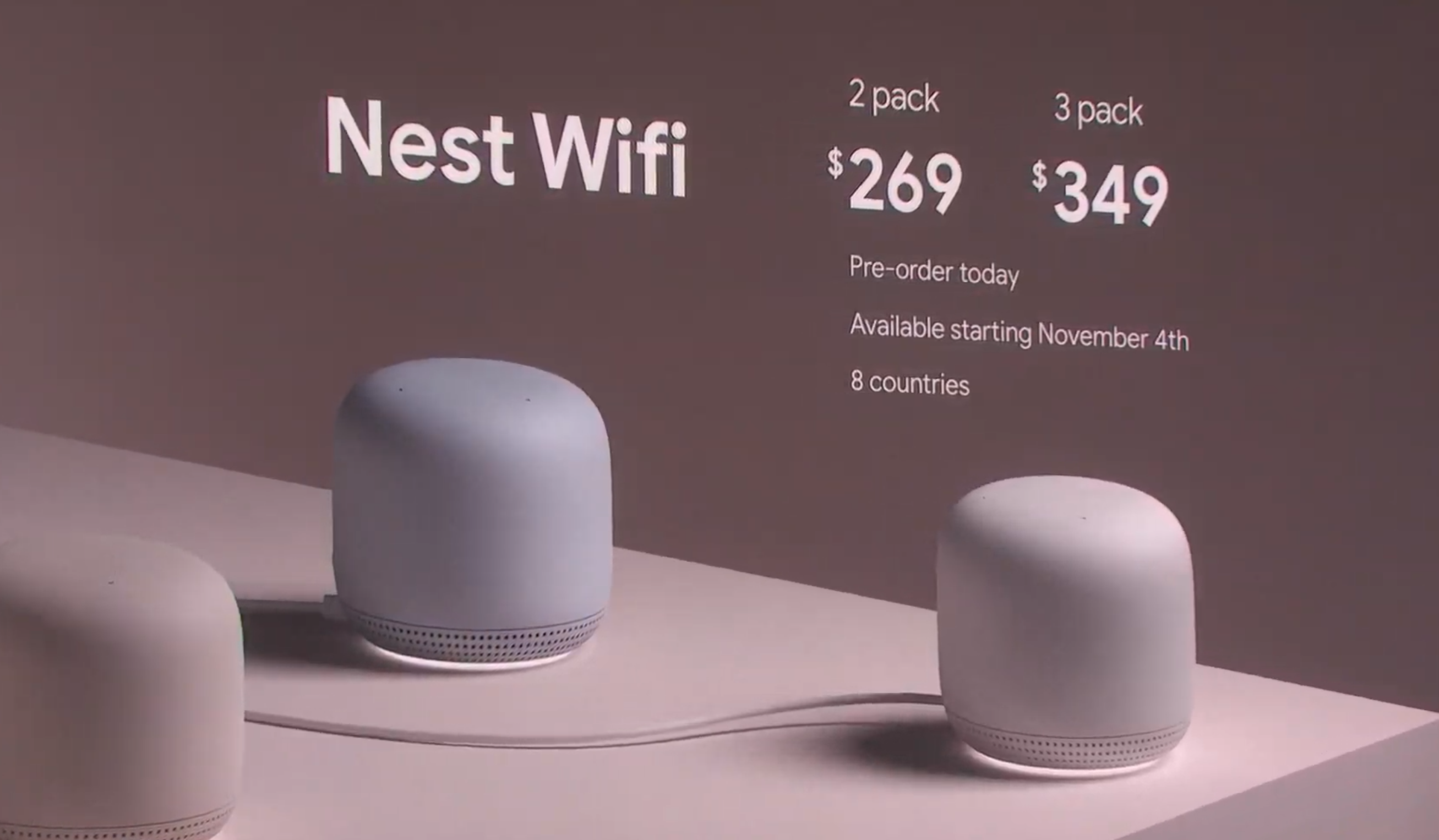
Google Nest: Wi-Fi for every room
Back in 2016, Google Wifi was the company's play to get into the mesh router space at a point when mesh routers were still on the verge of mainstream. Since launch, Google says it's the #1 selling router of any kind in the U.S. and Canada.
Sign up to get the BEST of Tom's Guide direct to your inbox.
Get instant access to breaking news, the hottest reviews, great deals and helpful tips.
The initial Google Wifi offered excellent performance, and we loved the compact, unobtrusive design. And since Google pushes out automatic updates, it also improved over time, gaining capabilities like parental controls and improved security.
For the new, Nest-branded second generation model, Google's mesh Wi-Fi solution gets a number of upgrades.
The new Google Nest Wifi updates the look and capabilities of the original, with a huge boost in coverage area, enough that a single Nest Wifi Router and Nest Wifi Point should provide full coverage for 3,800 square-feet – enough to fully cover 85% of homes. Google is boasting that the units are twice as fast and cover 25% more area than the previous model.
And, as a bonus for people who have the original Google Wifi, the Nest Wifi system will also work with older hardware, so you can expand your coverage with existing Google Wifi satellite units and add the new smart speaker-equipped Nest Points to your existing mesh setup.
Google Nest smart home features
Since it's part of the Google Nest family, you can also expect Nest Wifi to deliver all sorts of smart capability, starting with setup. All of the setup and management is done from your smartphone, using the Google Home app.
Management options include prioritizing single devices, for uses like gaming or video calls that require more bandwidth, as well as testing network speeds, and setting up a guest network or changing your password. Parental controls let you restrict access for specific devices or to blacklisted websites, and you can also schedule Wi-Fi access, letting you turn off the network for dinner or bedtime. And it can all be done right from your smartphone.
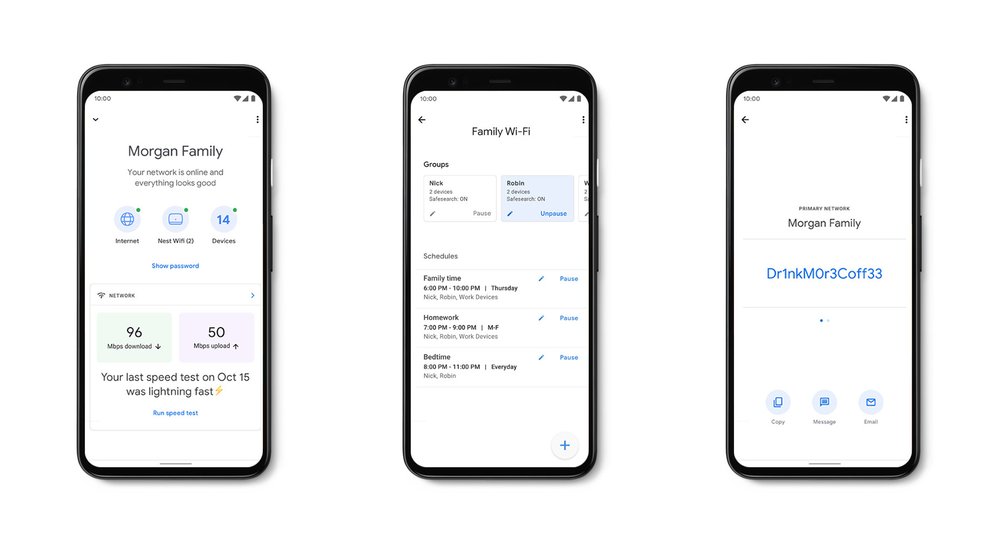
The app-based network management also works anywhere your phone will work, making it easy to manage a separate Nest Wifi system remotely for an older family member or child living away from home.
Nest Wifi is also made for the smart home, working with the entire Nest family of products, and major names like Philips Hue, Tile trackers, GE, TP-Link, and Kasa. From smart locks to smart lights and plugs, your whole house full of connected devices should be compatible with the Nest Wifi system.
The individual units have Bluetooth LE built in for energy-efficient communication with devices, and Thread device-to-device communication lets your Nest Wifi connect to all of your smart home devices for broad compatibility.
Welcome (Google) Home: Nest Wifi doubles as smart speaker
Nest Wifi Points also have a Google Assistant smart speaker built in. Everything you can do with a Google Home, you can now do with your Nest Wifi Points, whether it's asking about the weather, playing music, or adding items to your shopping list. It also means that you can use multiple units as an in-home intercom system, a room-to-room sound system, and more.
While it's not the first mesh router we've seen with a smart speaker built-in – the Netgear Orbi Voice came out nearly a year ago, and has an integrated Amazon Alexa speaker – it is the first we've seen to bake this capability into its standard models. Every Nest Wifi Point has this Google Assistant capability, giving customers an easier way to add a smart speaker in the home and giving Google a serious edge over standalone smart speakers like the Amazon Echo.
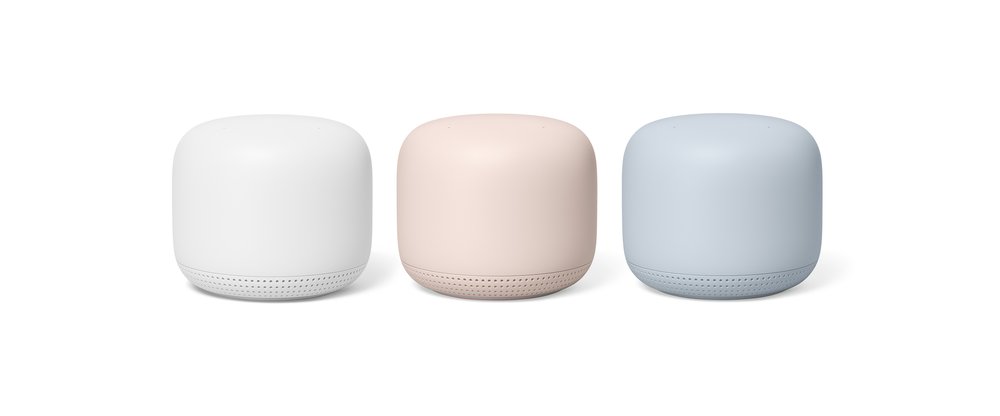
Nest Wifi: New design
Though it's not as exciting as a built-in smart speaker or extensive smart home compatibility, Google has also updated the design of the Nest Wifi system. Instead of the stark white cylinders of the Google Wifi from three years ago, the new models are strongly influenced by the rounded shapes of the Google Home Mini, and offer marshmallow-esque looks with soft, rounded edges and simple, nearly featureless exteriors.
Nest Wifi is available in three colors, Snow, Sand and Mist. And, the devices enclosures are made with 40 to 45 percent post-consumer recycled plastic, making the eco-conscious, as well.
Brian Westover is currently Lead Analyst, PCs and Hardware at PCMag. Until recently, however, he was Senior Editor at Tom's Guide, where he led the site's TV coverage for several years, reviewing scores of sets and writing about everything from 8K to HDR to HDMI 2.1. He also put his computing knowledge to good use by reviewing many PCs and Mac devices, and also led our router and home networking coverage. Prior to joining Tom's Guide, he wrote for TopTenReviews and PCMag.

